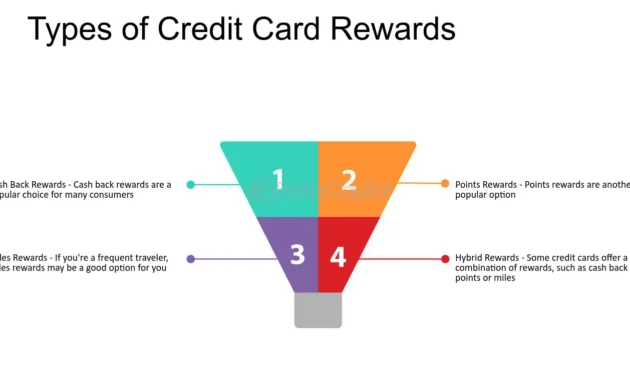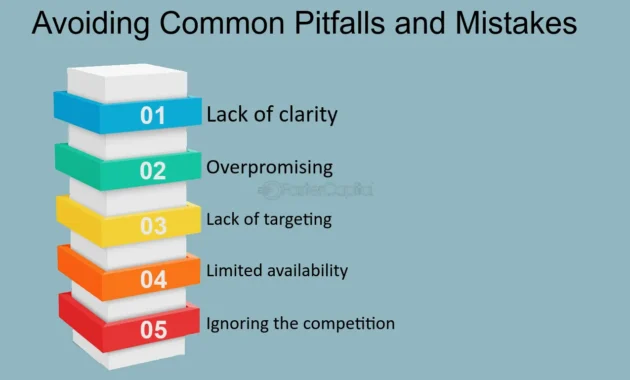Credit card rewards programs offer a great way to earn benefits while making everyday purchases. Whether you prefer earning points, miles, or cashback, understanding how these reward systems work can help you maximize savings and perks.
What Are Credit Card Rewards?

Credit card rewards are incentives offered by banks to encourage card usage. They allow users to accumulate rewards in different forms, such as points, travel miles, or cashback, which can be redeemed for discounts, flights, gift cards, or statement credits.
Types of Credit Card Rewards

Credit card rewards generally fall into three main categories: points, miles, and cashback. Each has unique benefits depending on your spending habits and financial goals.
1. Points Rewards
Points-based credit card rewards allow cardholders to accumulate points based on their spending.
How Points Work
- Earn points for every dollar spent (e.g., 1 point per $1 spent).
- Points can be redeemed for travel, merchandise, gift cards, or statement credits.
- Some cards offer bonus categories where you earn extra points (e.g., dining, groceries, or gas purchases).
Best Uses for Points
- Travel redemptions (often at higher value through transfer partners).
- Gift cards for various brands and stores.
- Shopping through the card issuer’s reward portal for exclusive deals.
2. Miles Rewards
Miles-based rewards are popular among frequent travelers. Instead of earning traditional points, you earn airline miles or travel credits.
How Miles Work
- Earn miles for every dollar spent (e.g., 1.5 miles per $1 spent on travel).
- Redeem miles for flights, hotel stays, car rentals, and travel-related purchases.
- Many airlines and travel cards allow point transfers to airline or hotel loyalty programs.
Best Uses for Miles
- Booking flights with major airlines.
- Redeeming for luxury travel experiences (business class and first-class tickets).
- Transferring miles to partner airlines for better value.
3. Cashback Rewards
Cashback rewards are straightforward and provide direct monetary value.
How Cashback Works
- Earn a percentage of your spending back as a statement credit, bank deposit, or check.
- Cashback rates typically range from 1% to 5% depending on the card and spending category.
- Some cards offer rotating bonus categories that change quarterly.
Best Uses for Cashback
- Reducing monthly credit card balances.
- Depositing into savings or investment accounts.
- Using for everyday purchases and essentials.
How to Maximize Credit Card Rewards

Earning rewards is easy, but maximizing them requires smart strategies. Here are some tips:
1. Choose the Right Credit Card
- Select a rewards card that matches your spending habits (e.g., a travel card for frequent travelers, a cashback card for everyday purchases).
- Consider cards with introductory bonuses for new users.
2. Take Advantage of Bonus Categories
- Use specific cards for specific purchases (e.g., a dining card for restaurants, a gas card for fuel purchases).
- Enroll in quarterly bonus category programs if required.
3. Combine Multiple Credit Cards
- Use different credit cards to maximize rewards based on spending categories.
- Pair a cashback card with a points/miles card for different types of benefits.
4. Redeem Wisely
- Avoid redeeming rewards for low-value options (e.g., some gift cards or merchandise may offer lower returns).
- Use points for high-value travel redemptions like flights and hotels.
- Be aware of expiration dates on rewards to prevent losses.
5. Watch for Promotions and Offers
- Sign up for special promotions and limited-time bonuses.
- Take advantage of extra miles or points for dining and shopping programs.
Common Pitfalls to Avoid

While credit card rewards offer great benefits, mismanagement can lead to financial issues. Avoid these mistakes:
1. Carrying a Balance
- Interest charges can offset the value of rewards earned.
- Always pay the full balance to avoid high APR fees.
2. Ignoring Annual Fees
- Some premium rewards cards charge high annual fees. Ensure that your rewards justify the cost.
3. Redeeming at Poor Value
- Not all redemptions offer the same value (e.g., using miles for gift cards instead of flights may devalue them).
4. Not Meeting Minimum Spending for Bonuses
- Some credit cards require a minimum spend within the first 3 months to earn a sign-up bonus.
- Plan large purchases strategically to qualify for these bonuses.
Also Read : How Do Interest Fees Add Up On A Credit Card Amount?
Conclusion
Credit card rewards programs provide excellent opportunities to earn points, miles, and cashback for everyday spending. Choosing the right card, maximizing rewards, and redeeming wisely can help you get the most out of your purchases. By staying informed and using strategic spending habits, you can enjoy valuable perks without falling into common pitfalls.
FAQs
1. Which is better: cashback or points?
It depends on your preference. Cashback is straightforward and flexible, while points can offer higher value when redeemed for travel or luxury experiences.
2. Do credit card rewards expire?
Yes, some rewards have expiration dates, especially travel miles. Check your credit card’s terms to avoid losing points.
3. How can I earn rewards faster?
Use your credit card for everyday expenses, take advantage of bonus categories, and sign up for promotional offers.
4. Can I transfer points between different credit cards?
Some issuers allow point transfers between cards within the same rewards program (e.g., Chase Ultimate Rewards, Amex Membership Rewards).
5. Are travel credit cards worth it?
Yes, if you travel frequently. Travel credit cards offer valuable perks like airport lounge access, free checked bags, and hotel upgrades.
By using credit card rewards strategically, you can make your everyday spending work for you and unlock valuable benefits.




